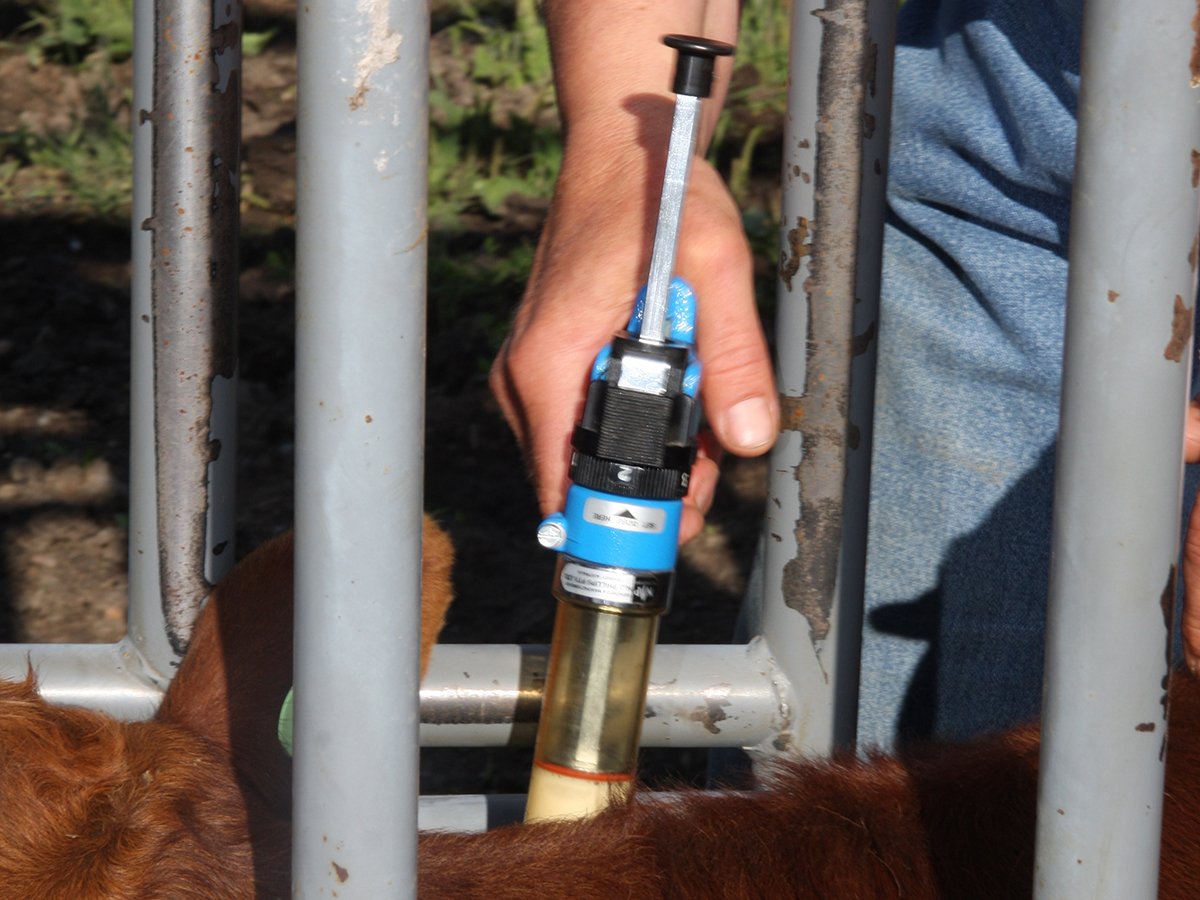Canadian agriculture stands to win big as tariff walls crumble in a liberalized world trade environment, according to a recently released study.
If tariffs and other trade barriers are gone in 10 years, the George Morris Centre, based in Guelph, Ont., estimates $2.5 billion in net benefits to the Canadian agrifood economy. A 20-year phase out would reduce the benefit to just over $1 billion.
“There is a momentum of support for trade liberalization, especially in smaller countries,” said economist Vincent Amanor-Boadu, who co-authored a study that projects possible scenarios in a free trade world.
Read Also

Canada must address potential veterinary drug shortages
If critical products are unavailable when needed, it could result in unnecessary human and animal deaths in the worst-case scenario.
“Getting rid of tariffs and subsidies has become a mantra everywhere,” he said.
The study was based on the assumption there are no trade barriers in a future trading environment.
The agri-industry trade group, a coalition of 60 western Canadian farm groups, Alberta government, Agricore, oilseed processors, a dehydrators association, and Alberta sugar beet and potato growers, funded the study.
The study examined the future for barley, beef, canola, chicken, dairy, corn, wheat, eggs, pork and wheat.
With the exception of eggs, the study determined all industries would expand if tariff reductions occurred.
The largest benefit comes to the beef industry where gains of up to $1.1 billion in revenue are possible. Wheat could increase revenue by more than $420 million annually if all tariffs were gone in 10 years. Pork would receive $833 million while the dairy sector would gain $154 million per year in a 20-year phase-out clause, but $6.3 million in a 10-year phase out of tariffs.
Studies before the signing of free trade agreements indicated Canada would not fare well.
However, figures accumulated with the signing of the North American Free Trade Agreement and formation of the World Trade Organization show an overall benefit to Canadian agriculture, said Amanor-Boadu.
The benefits of an open trading environment may look good on paper, but Alberta milk producer Bruce Beattie was skeptical.
“They made a number of assumptions that are so unlikely,” he said in an interview. He is also a member of the agri-trade industry group.
He said the study assumes the Canadian dollar remains at its current value.
He does not expect domestic support systems to be wiped out around the world and argues trade distortions will continue. As long as support programs exist in the European Union and United States, some producers will continue farming for the government payment regardless of the outcome of the crop.
The study presents an optimistic picture for most industries but does not take into account social pressures or consolidation of ownership, which is taking place more widely in the U.S.
“The dollars may be there but the question should arise, in whose hands are the dollars going to be?” he said.
Trade policy analyst Darcy Willis of Alberta Agriculture admits such an optimistic picture may be a hard sell for Canadian farmers facing severe income crises. Many blame their plight on the loss of support programs.
Yet Willis argues knocking down trade barriers can better serve farmers.
Canada needs access to international markets to keep the agricultural economy vibrant and cannot compete against the treasuries of the U.S. or the European Union in a subsidy war.

















